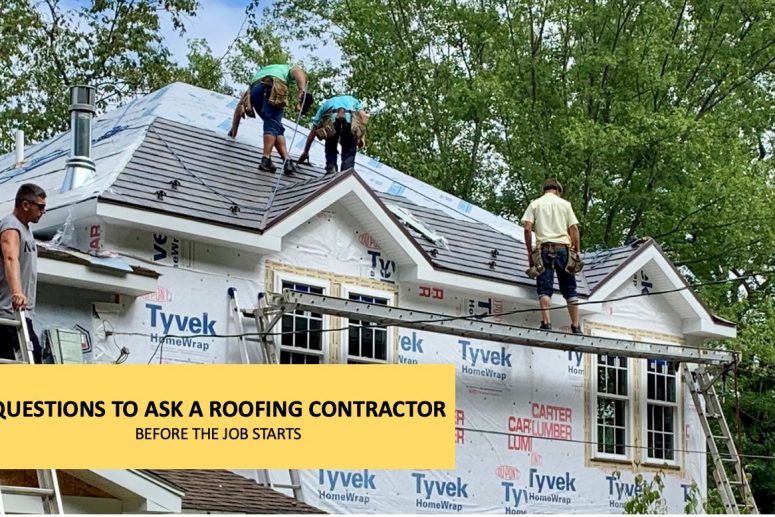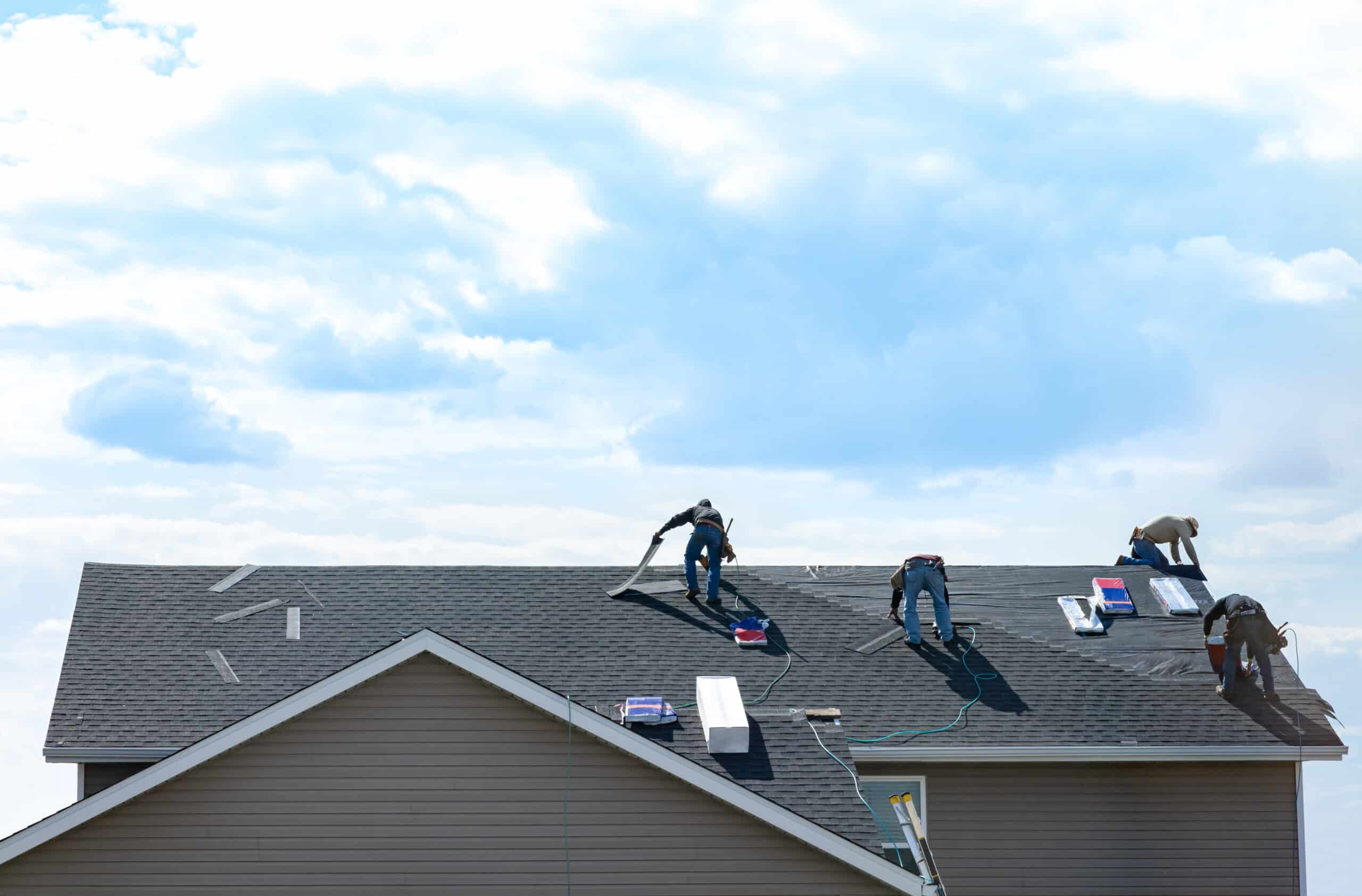Choosing the Right Roofing Companies Oahu for Your Next Home Improvement Project
Leading Beachside Roofing Options for Stylish Coastal Living
When picking roof covering options for coastal homes, it is vital to take into consideration both aesthetic allure and strength versus rough aquatic problems. Different materials, consisting of asphalt roof shingles, metal, floor tile, wood shake, and synthetic options, offer distinct benefits tailored to trendy coastal living. Each choice offers distinct advantages in regards to toughness, maintenance, and building style, making the option procedure vital for homeowners. Comprehending exactly how these materials do in coastal atmospheres can substantially affect design decisions, prompting a more detailed evaluation of their particular qualities and viability for your coastal hideaway.
Asphalt Tiles
Asphalt tiles are a prominent selection for roof covering in coastal areas because of their affordability and flexibility. These shingles are made up of a fiberglass base and asphalt finishing, making them lightweight yet long lasting. They come in a selection of shades and styles, permitting home owners to select an appearance that matches their seaside aesthetic.
Among the main benefits of asphalt shingles is their cost-effectiveness. Compared to various other roof products, such as timber or ceramic tile, asphalt shingles offer substantial cost savings while still providing adequate security against the aspects (oahu roofing). Their setup process is relatively straightforward, adding to minimized labor expenses
In coastal settings, asphalt tiles do well against wind and rainfall, especially when selected with ideal wind rankings. Several asphalt roof shingles are treated with granules that give UV defense, helping to reduce the effects of sun direct exposure, which is vital for homes found near the sea.
Nonetheless, it is necessary to think about the life-span of asphalt roof shingles, as they generally last 15 to thirty years. Regular upkeep, including examinations and timely fixings, can improve their durability and make sure trustworthy performance gradually. This makes asphalt tiles a functional selection for beachside buildings.
Metal Roofing

Among the key benefits of metal roof is its long life (oahu roofing). When properly preserved, steel roofs can last as much as 50 years or even more, considerably outliving conventional products like asphalt tiles. Furthermore, steel roof covering is light-weight, which decreases the structural load on a home, making it much easier to mount and less exhausting on the existing structure
Energy performance is an additional compelling feature. Metal roofing systems show solar convected heat, which can assist reduced air conditioning prices in warmer months-- a significant benefit for coastal occupants. The selection of designs and coatings offered additionally allows house owners to accomplish a tailored appearance that matches their seaside aesthetic.
Lastly, metal roofing is eco-friendly, typically made from recycled products and fully recyclable at the end of its life process. With its mix of resilience, energy efficiency, and visual convenience, steel roof covering attracts attention as a leading selection for sustainable and stylish coastal living.
Tile Roof Covering
Ceramic tile roof has arised as a preferred option for coastal homes, bringing a mix of longevity and visual charm. This roofing option is specifically renowned for its resistance to harsh coastal elements, such as salt spray, high winds, and extreme ultraviolet rays (oahu roofing). Made from materials like clay or concrete, ceramic tile roof coverings preserve their integrity over time, giving resilient security for beachside properties
The special appearance of floor tile roofing systems enhances the architectural design of coastal homes, using a traditional and stylish appearance. Available in numerous colors and forms, tile roofing can enhance different layout preferences, from Mediterranean to modern-day aesthetics. Furthermore, ceramic tile roofing uses outstanding thermal insulation, aiding to minimize and manage indoor temperatures power costs.
One of the essential advantages of ceramic tile roof covering is its reduced upkeep requirement. Unlike other materials that might degrade or need constant repairs, ceramic tile roof coverings can hold up against the test of time with very little maintenance. Their fire-resistant buildings include an extra layer of security for seaside homeowners.
Wood Shake
Wood shake roofing provides a distinct option for beachside homes, combining natural charm with practical benefits. This roof style is crafted from hand-split cedar, using a natural visual that integrates with seaside settings. The sturdy texture and abundant shade variants of timber drinks boost the aesthetic charm of any kind of seaside home, producing a warm and inviting atmosphere.

However, it is necessary to take into consideration upkeep when going with wood shake roofing. Routine examinations and treatments to stop mold, mold and mildew, and insect damages are necessary to lengthen its life-span. In addition, applying a protective sealer can boost water resistance, essential for homes located near the sea.
Artificial Roof Materials
While traditional products have their beauty, artificial roof covering choices are progressively favored for beachside buildings because of their outstanding toughness and reduced upkeep demands. These roofing products, that include synthetic slate and rubber tiles, are particularly crafted to stand up to explanation severe seaside conditions, such as high winds, salt direct exposure, and hefty rainfall.
Among the key advantages of artificial roof is its lightweight nature, making installment much easier and decreasing the structural load on homes. In addition, artificial materials can be made to imitate the visual charm of standard roof covering choices, providing an innovative appearance without compromising function. Many artificial roof coverings come with service warranties that span decades, giving house owners assurance regarding durability and efficiency.
Moreover, synthetic roof covering is eco-friendly, often made from recycled products, and can be fully recyclable at the end of its life cycle. The low upkeep nature of these products means house owners invest much less time and money on upkeep, enabling them to appreciate their seaside lifestyle without worry. For those seeking a blend of design, practicality, and resilience, synthetic roof products emerge as a top option for beachside living.
Final Thought
In final thought, selecting the ideal roof material is critical for boosting both the visual charm and sturdiness of seaside homes. Asphalt roof shingles provide financial advantages, while metal roof covering makes certain durability and energy performance.
